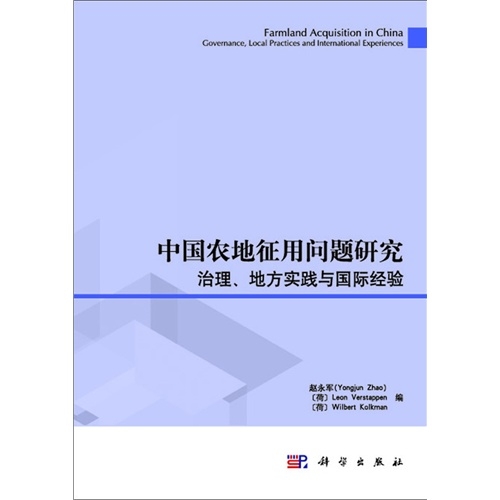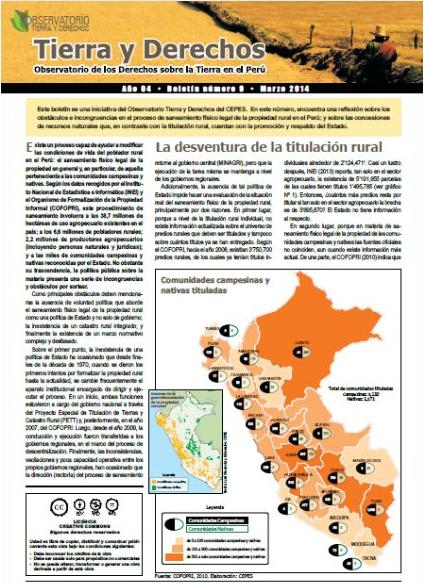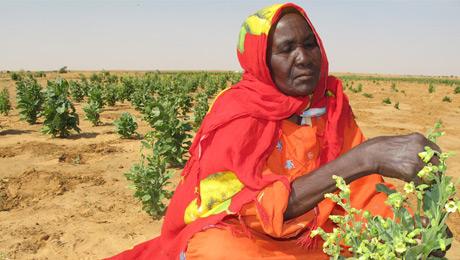Sub-decree No. 18 on Cutting, Reclassifying and Reserving 1,990.54 hectares of ELC in Kratie Province
Cutting 1,990.54 ha in Tkong village of Snoul commune in Snoul district of Kratie province from ELC of Horizon Agriculture; Reclassifying 1,754.97 ha as state private land for donating to 313 families; Reserving 235.57 ha as state public land; and Granting ownership to 481private land parcels.








